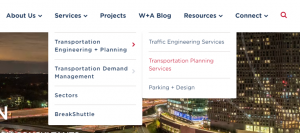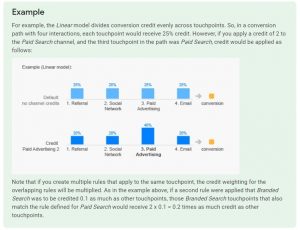Bagging Traffic: Brands Rely Mostly On Earned Sources Like Email, But Use More Paid
Earned or unpaid sources — including email — drove 75% of web traffic in 2021. That is down from 80% in 2020, according to the 2022 Digital Experience Benchmark Report, a study by Contentsquare.
Some industries rely almost entirely on unpaid traffic:
- Financial Services — 91%
- Energy — 90%
- Media — 88%
- B2B — 86%
- Telecoms — 85%
- Travel & Hospitality — 80%
- Consumer Electronics — 77%
- Grocery — 74%
- Automotive — 71%
- Fashion — 68%
- Health & Beauty — 65%
- Home Goods & Furnishings — 65%
- Luxury — 59%
- Pharmaceuticals — 54%
What’s earned traffic? It includes social media, search engines, email, and referral traffic, as well as a user typing a website’s URL directly into their address bar.
Earned traffic succeeds because of its authenticity — it generates word of mouth, online content, mentions, recommendations and shares, the study continues. Still, there was a 5% increase in paid traffic such as paid search as the pandemic seemed to be receding.
By itself, email is an important but relatively small traffic source across all industries:
Direct — 27%
Organic Search (SEO) — 22%
Other — 22%
Paid Search — 19%
Emails — 5%
Paid Social — 4%
Organic Social — 1%
The email portion could become even smaller as interactive email takes hold, allowing shoppers to purchase without linking through to a website. But email teams have to be on their guard to avoid blasts that treat all customers the same.
“Every part of the digital journey needs to connect in order for consumers to have high-value experiences,” says Niki Hall, CMO of Contentsquare. “If email or social, for example, don’t connect with owned digital properties like a website, that makes it incredibly difficult for audiences to engage in multiple ways across different devices.
Hall adds that “consumers want flexibility, yet are straightforward in their buying and digital consumption behaviors. They want convenience, but expect results quickly. Ensuring that every part of the journey, regardless of channel, is value-driven and interconnected is a big part of digital marketing success.”
It also pays to remember that 51% of all web visits are repeats.
Mobile declined from 64% of all traffic in 2020 to 58% in 2021. Desktop traffic went from 33% to 39%, and tablet was flat at 3%. Despite the changes, brands need to design their emails for mobile and desktop both.
Desktop has one advantage: consumers spend an average of 5 minutes 55 seconds per session on computers, compared to just 2 minutes 39 seconds on mobile. But brands are focusing on improving the mobile experience with faster loading times. These are now 1.61 seconds on desktop and 1.52 on mobile.
Consumers tend to use desktop for big purchases like vacations and electronics, relying on mobile for smaller transactions.
Meanwhile bounce rates have risen from 47% in 2020 to 50% this year. This means that half of all content is never seen, proving that brands should prioritize A/B testing and content/product placement on their websites, the study says.
The highest bounce rates were seen in B2B (65%), pharmaceuticals (60%) and media (59%). The lowest were in energy (37%), travel & hospitality (42%) and home goods & furnishings (64%).
Contentsquare analyzed anonymized data from 46 billion user sessions across 3,870 global websites from January 1, 2021 to December 31, 2021.
(48)






